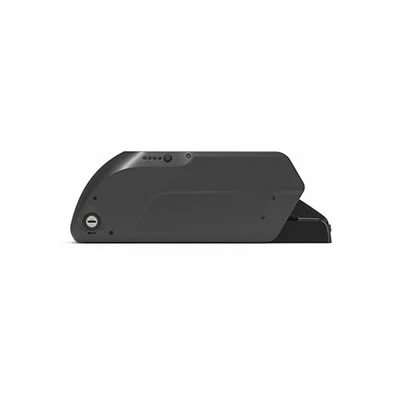How to dispose of waste lithium batteries
2025-09-11
Waste lithium batteries need to be disposed of in an environmentally friendly manner through processes such as classified disposal, professional recycling, safe handling, and resource regeneration. The specific methods are as follows:
1、 Disposal of waste lithium batteries in daily life
According to the Implementation Plan of China's Household Waste Classification System, lithium batteries (including nickel hydrogen batteries, cadmium nickel batteries, etc.) are classified as hazardous waste and need to be disposed of in garbage bins labeled as "hazardous waste". Some regions may have special regulations for lithium battery recycling (such as requiring separate storage). It is recommended to consult the local environmental sanitation department or refer to community guidelines in advance.
Processed through legitimate recycling channels
- Official recycling points: Brands such as Apple, Huawei, Tesla, etc. have battery recycling services in their stores or after-sales points, and nearby branches can be checked.
- E-commerce platform recycling: JD.com, Taobao and other platforms provide "trade in" or "battery recycling" services, and can make appointments for doorstep pickup.
- Community recycling bins: Some residential areas and shopping malls have "waste battery recycling bins", and it is necessary to confirm whether lithium batteries are accepted before placing them.
2、 Industrial or large-scale lithium battery processing
- Industrial grade lithium batteries must be recycled by enterprises with a hazardous waste management license, and the process includes:
- Tiered utilization: Testing and reassembling batteries with remaining energy for use in energy storage, low-speed electric vehicles, and other fields.
- Recycling: Extracting metal materials such as lithium, cobalt, and nickel through physical or chemical methods to achieve resource recycling.
- Prohibited behavior: Disassembling or dumping industrial lithium batteries without authorization is illegal and may result in high fines or criminal liability.
3、 Key points for safe handling before discarding
- Prevent short circuits from causing fires
- Wrap the two ends of the battery with insulating tape (such as electrical tape) to prevent the electrodes from being exposed.
- Store separately and avoid mixing with metal items such as keys and coins.
- If the battery has bulged, leaked or damaged, it needs to be sealed in an explosion-proof bag or hard container before disposal.
- Prohibited acts
- It is strictly prohibited to put lithium batteries into ordinary trash cans (especially not mixed with kitchen waste, paper, etc.).
- Burning, landfilling, or unauthorized dismantling of lithium batteries is prohibited as they may release toxic gases or contaminate soil and groundwater.
- Do not dispose of lithium batteries in natural environments such as rivers, grasslands, etc.
4、 Suggestions for handling special types of lithium batteries
Although button lithium batteries are small in size, they still belong to hazardous waste and need to be disposed of in hazardous waste bins or through small electronic device recycling channels.
Damaged or failed lithium battery
- If the battery is damaged, smoking, or on fire, immediately stay away and contact the fire department. Do not handle it yourself.
- For batteries whose safety cannot be determined, it is recommended to contact a professional recycling agency for on-site collection.
5、 Resource recycling technology
- Crushing and sorting technology
- Charged crushing: A nitrogen protection crushing system is used to directly crush retired batteries in a low oxygen environment, avoiding risks such as electrolyte evaporation, short circuit, and fire.
- Physical sorting: Integrating magnetic separation, sorting, gravity sorting, screening and other processes to accurately separate battery materials into copper powder, aluminum powder, separator, black powder (containing lithium, cobalt, nickel, etc.) and other components.
- Metal Recycling Technology
- Copper aluminum recovery rate: ≥ 99%, lithium recovery rate over 90%, cobalt and nickel recovery rates over 98%. Recycled metals can be used as battery cathode materials, alloy raw materials, etc., reducing mineral dependence.
- Lithium resource regeneration: Through two-step high-temperature reduction or ion exchange technology, lithium is converted into battery grade lithium carbonate and re enters the battery manufacturing industry chain.
- Graphite recycling: The graphite separated by pyrolysis can be purified and used for the production of negative electrode materials or conductive agents.


Recommended bicycle batteries:
electric bicycle battery packs
